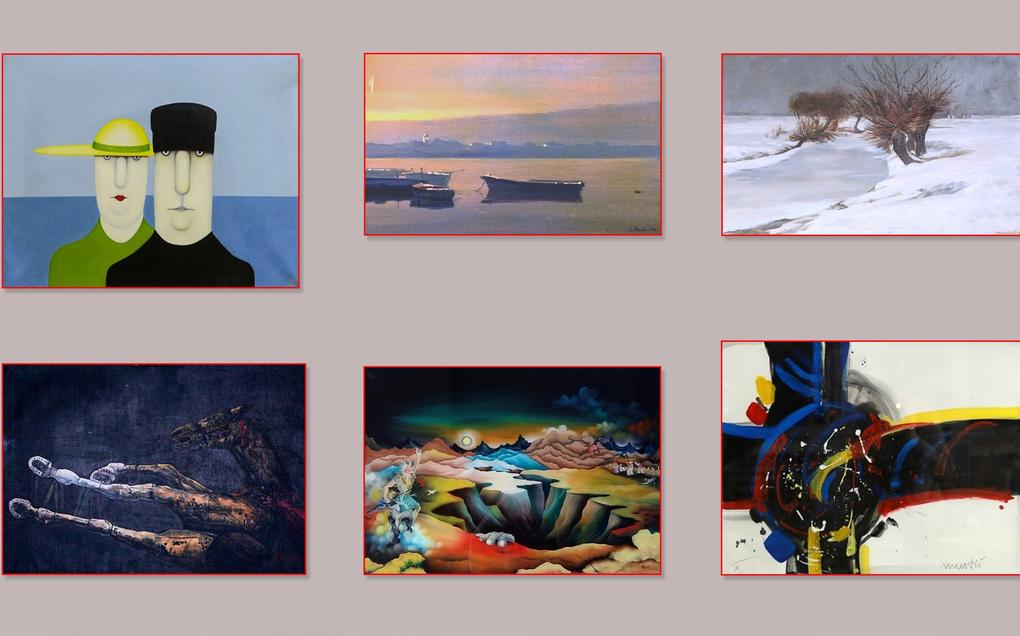Alternative biographies
Ignjat Đurđević

Photo gallery
He was educated in the Jesuit college and taught by the renowned lexicographer Ardelio Della Bella. He spent some time on the island of Šipan in the service of the Republic. He suddenly left Dubrovnik and moved to Italy where he became a Jesuit priest. For three years he lectured in Jesuit colleges. In 1705, he left the order, returned to Dubrovnik, and became a Benedictine. In 1710, disagreements with the Dubrovnik government “drove” him back to Italy. However, he was homesick so he returned and became an abbot of the Benedictine monastery on the island of Mljet. He died and was buried in the monastery of St. Jacob on Višnjica. His oeuvre combined different genres and themes, but the largest extant part of Ignjat’s work are the few hundred poems that were collected in the manuscript Pjesni razlike (Miscellaneous Poems). He wrote in Croatian and Latin. He expressed deep feelings in the collection Ljuvene pjesni (Love Poems), while in the comic Baroque poem Suze Marunkove (Marunko’s Tears) he cruelly made fun of the Venetians and described, in a free style, the ridiculous peasant Marunko and his desire for beautiful Pavica who was unattainable for him. Život sv. Benedikta (Life of St. Benedict), that was not published until 1984, is considered the best work of Baroque prose in Croatia. He spent more than twenty years writing his most important work, the religious poem that was printed in 1728 – entitled Uzdasi Mandalijene pokornice (Sighs of Repentant Magdalene). Many consider it his most beautiful work with over four thousand octosyllabic lines, that was printed with the collection Pjesni razlike. It is a poem about the sinner and convert Magdalene that continues the tradition started by Ivan Gundulić, the most important Croatian Baroque poet, in his work (Tears of the Prodigal Son). Đurđević’s work Saltijer slovinski (Slavic psalms) contains translations or paraphrases of the psalms of King David (150 psalms). Except literature, he also studied history and literary works of his contemporaries, and became one of the first Dubrovnik biographers. In the work Vitae et carmina, he collected biographies of several hundred prominent writers from Dubrovnik. He is also thought to have written the manuscript Fizikalno-matematička pitanja (Physical-mathematical questions), based on Aristotle’s peripatetic philosophy, while the history of astronomy notes his manuscripts entitled Kronografija and O pravim i točnim gibanjima Sunca i Mjeseca. In 1730 in Venice, Ignjat published the book Sveti Pavao apostol brodolomac (The castaway St. Paul the Apostle), where he presented convincing evidence that St. Paul was shipwrecked on the Croatian island of Mljet and not Malta. This work by Đurđević caused numerous polemics.








